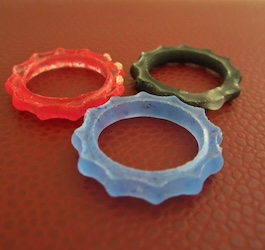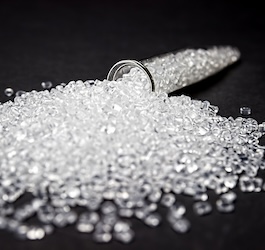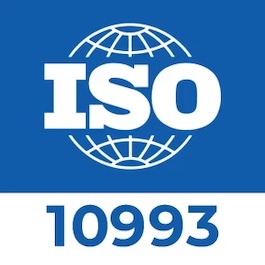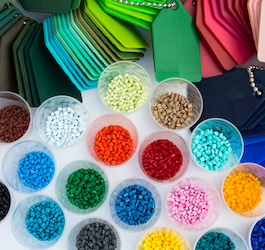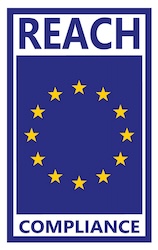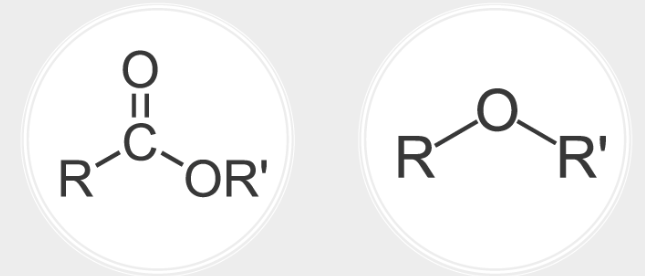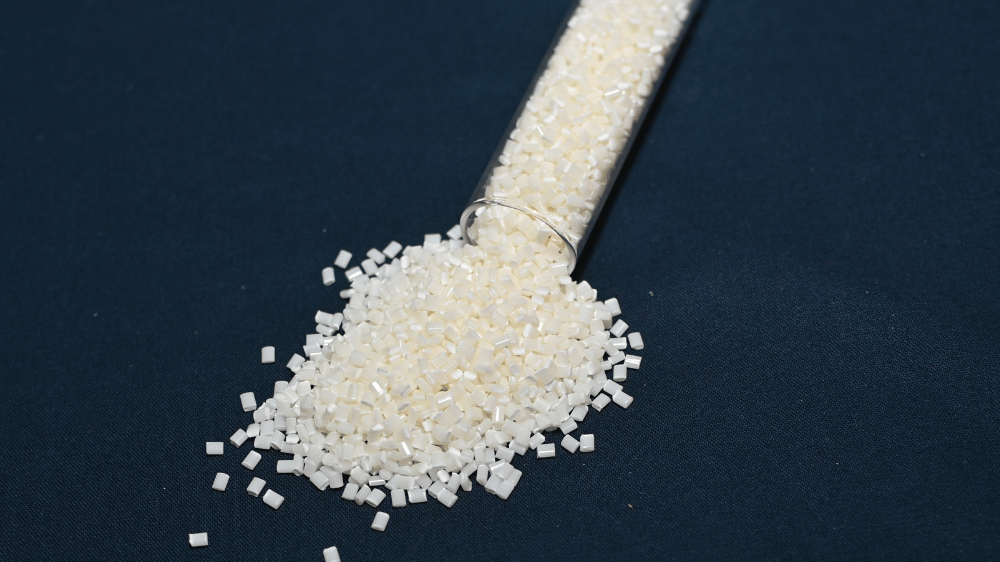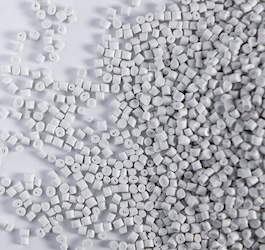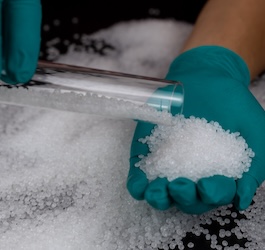March , 2024
Avoiding Cosmetic Defects in Injection Molded Parts: Strategies for Flawless Finishes
Injection molding is a cornerstone technique in manufacturing, widely used for producing parts with intricate shapes and high precision. While the process is renowned for its efficiency and versatility, manufacturers often face the challenge of cosmetic defects. These blemishes not only compromise the aesthetic appeal but can also affect the functionality of the final products. Understanding and addressing the root causes of these defects is crucial for maintaining high-quality standards. This article explores practical strategies to minimize cosmetic defects in injection molded parts.
The Science and Significance of PET Crystallization
Polyethylene terephthalate (PET) is a versatile polymer widely used in various applications, from packaging materials and textiles to engineering plastics. One of the critical aspects that determine the properties and suitability of PET for specific applications is its crystallization behavior. Crystallization affects the mechanical properties, thermal resistance, and clarity of PET products, making it a focal point of interest for both researchers and manufacturers. This article delves into the crystallization process of PET, exploring its mechanisms, influencing factors, and implications for material performance and application.
Understanding ISO 10993 Biocompatibility: Ensuring Safety in Medical Devices
In the realm of medical device development, ensuring the biocompatibility of materials is paramount for patient safety. ISO 10993, "Biological evaluation of medical devices," provides a comprehensive framework for evaluating the potential risks associated with the materials and processes used in medical device manufacturing. This blog post aims to elucidate the significance of ISO 10993 biocompatibility and its pivotal role in medical device approval processes.
Designing parts for injection molding
Designing parts for injection molding requires a detailed understanding of the process, materials, and design principles. This blog post aims to provide insights into creating efficient, manufacturable, and functional parts through injection molding, highlighting key considerations in the design phase.
Understanding REACH SVHC: A Comprehensive Overview
The Registration, Evaluation, Authorisation, and Restriction of Chemicals (REACH) is a European Union regulation adopted to protect human health and the environment from the risks posed by chemicals. A pivotal element within this regulation is the Substances of Very High Concern (SVHC) list. This list is not static; it's periodically updated to include chemicals that may have serious and often irreversible effects on human health and the environment.



